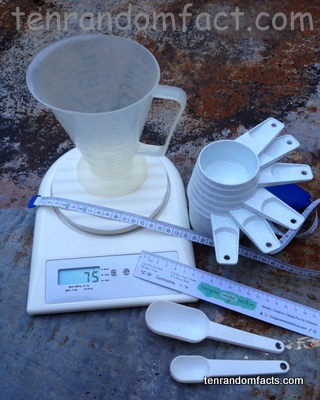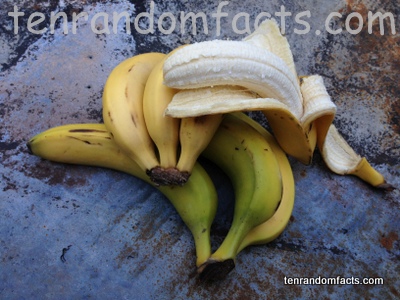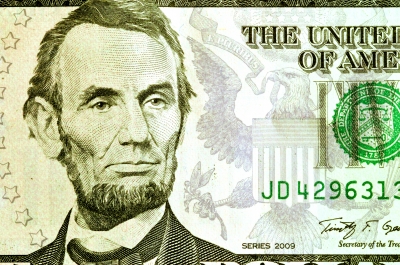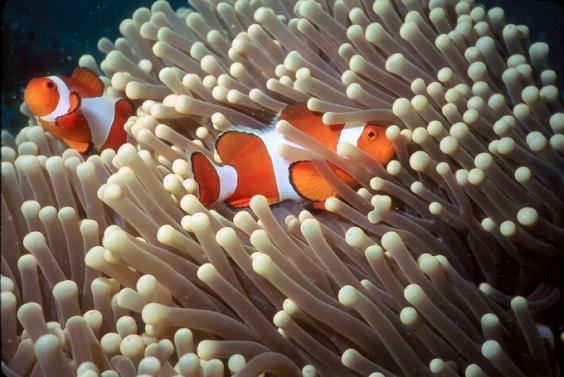
Numbers and measurements in the metric system.
- The metric system is an internationally used measurement system that is decimal based.
- The metric system is based on the French measurement system developed in the 17 and 18th century with the French measurement terms – ‘mètre’, ‘are’ (area), ‘stère’ (dry volume), ‘litre’ (liquid volume) and ‘gramme’ (weight).
- The metric system has it’s own measurements and units for quantities including mass, volumes, time, distance, velocity or speed, acceleration, force, pressure, power, energy and temperature.
- In 1799, areas of France started following the metric system, starting with kilograms and metres, then litres and Celsius, with more units added over time based on grams, metres and litres, which eventually led to widespread use throughout the world.
- The United States, Myanmar (Burma) and Liberia do not use the metric system, making up 5% of the world ‘s population not using the system.

- Each unit in the metric system uses an internationally recognised symbol, such as ‘mL’ for ‘millilitres’ or ‘g’ for ‘grams’.
- In 1960, the metric system was recognised as part of the ‘SI’, or ‘The International System of Units’ which was the establishment of an international standardised measuring system.
- Prefixes, such as ‘kilo’, ‘centi’ and ‘deca’, are used in front of base measurements, such as ‘grams’, ‘litres’ or ‘metres’, in the metric system.
- There are many variations in the spelling of terms in the metric system, such as ‘kilometre’ in English and ‘chilometro’ in Italian, or they have different English spellings – ‘gram’ and ‘gramme’, ‘metre’ and ‘meter’.
- Faulty calculations related to the metric system has resulted in potentially fatal accidents or disastrous economic losses.
Bibliography:
Metric System, 2013, Wikipedia, <http://en.wikipedia.org/wiki/Metric_system>
The Metric System, n.d, Wichita State University Department of Mathematics and Statistics, <http://www.math.wichita.edu/history/topics/metric.html>























